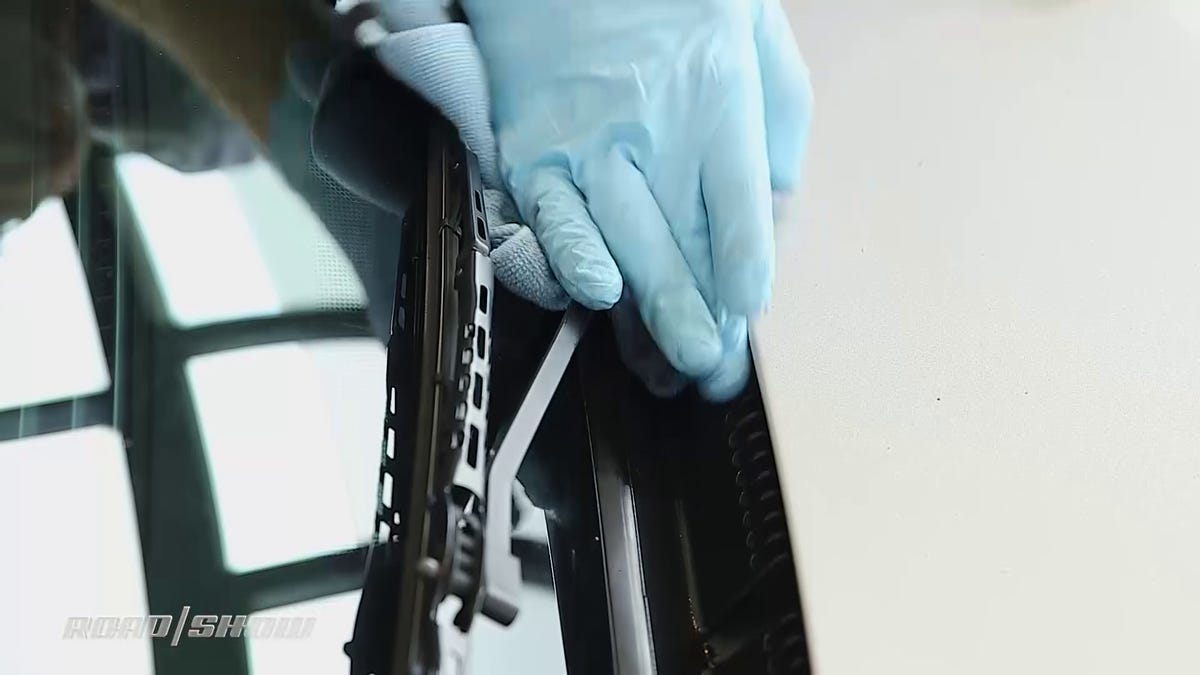 Why You Can Trust CNET
Why You Can Trust CNET How to restore your car's black trim the right way
It's a tedious process. Do it right so you can do it less often.

Along with headlight lenses, black trim is about the most frail part of the modern car. Do they design these parts to go bad? It seems like it, but it's the curse of living near a giant UV-radiating orb. Here's the right way to fight back against your car turning one shade of gray.
1. Restore the black parts
There are a lot of restorative products on the market, all claiming to be the best. I've had good luck with Black Wow, Black Awesome and Trinova. Work these in with some effort as you are trying to really integrate their chemistry with -- and remove a bit of -- the faded outer layer of your car's plastic trim. I usually do a second pass to guarantee I won't have to do it again for at least six months. The second coat probably won't make the trim look darker, but should keep it dark longer.
2. Condition rubber seals
Black tint is a cosmetic issue, but the other black part the sun ruins is your car's rubber seals, typically found around doors and windows. When these shrink or get stiff, they start to lose the ability to seal against water and wind, resulting in small leaks and whistles. There are special products for conditioning these black plastic parts, including one from Zymol Seal that I've had good results with. Don't forget the seal around your trunk or hatch.
3. Protect your work
Now that you've spent a couple hours doing all this properly, make it last even longer with a UV blocker that is easy to apply regularly. UV-blocking spray is a simple wipe on/wipe off process and will extend the time before you have to do the first two steps again. Armor-All and similar products come to mind first, but I've had good results with Trinova's spray though I don't find it the replacement for a true restorative that they suggest it is.
4. Deal with vinyl and pleather
Most leather interiors are only leather on the seating surfaces, using leatherette vinyl for the rest of the seat including the shoulders of the seat back that get cooked all day. These areas demand regular treatment before they become stiff or cracked. I'm a big fan of 3M Marine Vinyl Cleaner and, owning a '67 Mercury with a vinyl interior and roof, I've tried a lot of products. If you have a convertible with a plastic window, Island Girl's Neutral Clear is what most upholstery shops have recommended to me over the years to clear up UV yellowing and should buy you another year before you need to stitch in a new window. I don't love the results, but I feel it makes a visible difference.

